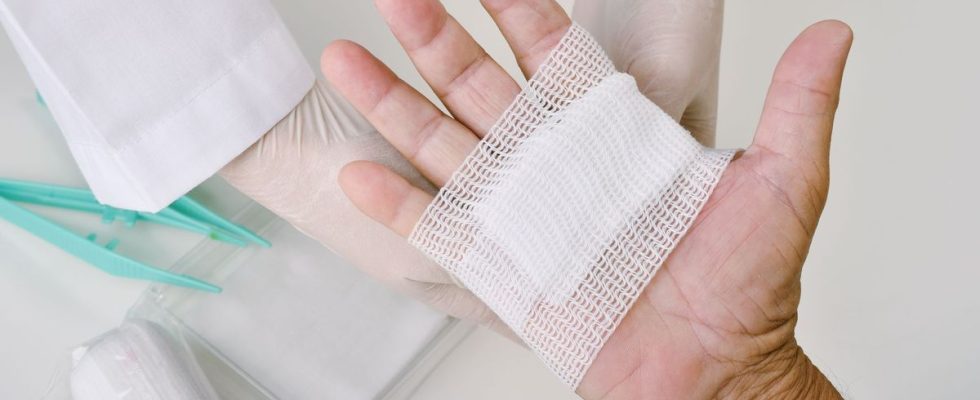Published on
Updated
Reading 2 mins.
According to the results of a British study, the main protein present in milk, casein, has healing properties. Explanations.
Among the foods with healing powers, honey is often mentioned. But a protein present in large quantities in cow’s milk and composed of about 200 amino acids, casein, would also have these properties.
A technique for mixing casein and dressings
In this study, conducted by British scientists from University College London (UCL) on animals, the objective of the researchers was to develop dressings made of a mixture of fibers containing casein. For this, they mixed the pure protein with polycaprolactone (PCL), a biodegradable polyester that is generally used as the base material for wound dressings.
The technique for mixing the two elements, developed at UCL, is a kind of rotation under high pressure.
Animal tests show the healing power of casein
To test this new type of dressing, the experts then split into three a group of rats with identical wounds. The first were treated with these casein dressings, the second with casein-free dressings and the last without dressings.
Healing progress was checked after three, seven, ten and 14 days by photographing and measuring the wounds, as well as examining them under a microscope.
An estimated 95% reduction in wounds
Results: after observation of the healing for 14 days, in particular with an electron microscope, the healing of the wounds was much better in the first group, with a reduction in the wounds estimated at 95%. In the second and third groups, it was 70% and 55% respectively.
Dr. Jubair Ahmed, first author of the study explains: “Natural materials have wonderful properties, many of which are unknown. We knew that casein is reputed to have healing properties and our results suggest that there is a lot of interest in using it in medical applications such as wound dressings.“.
For Professor Mohan Edirisinghe, lead author of the study, “theThe next step will be to understand the biological interactions involved before being able to consider clinical trials in humans”.
